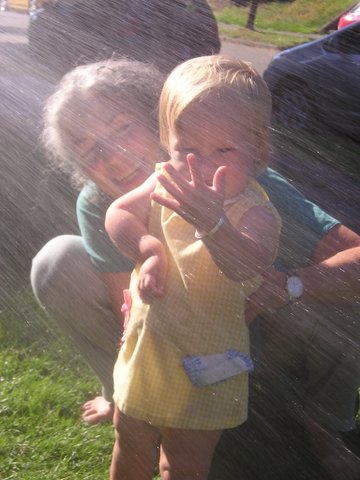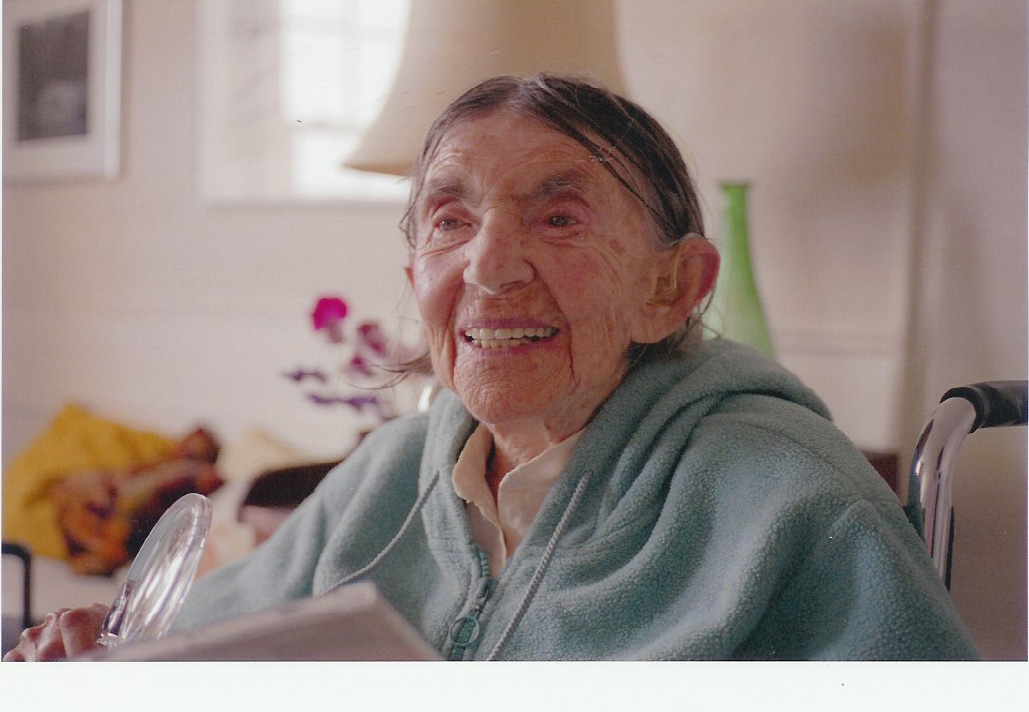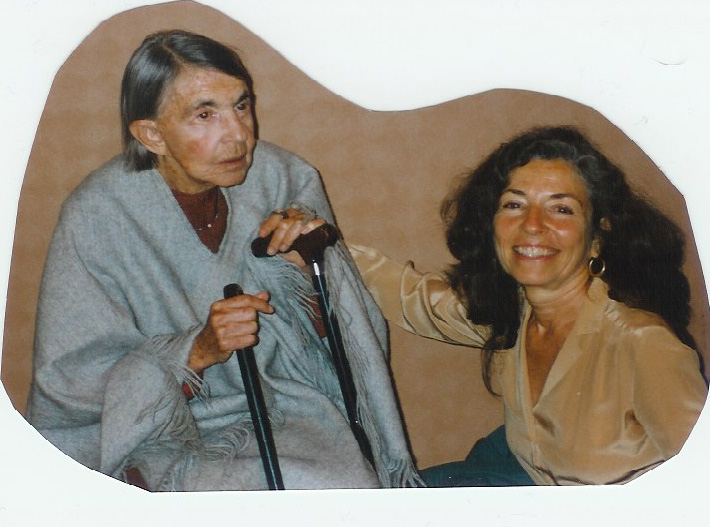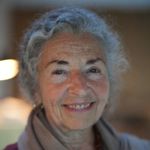 Sensory Awareness is the practice of coming more in touch with oneself. Not attached to any theory or method, the work transcends dogmas, disciplines, and forms. It brings us to immediate, direct experience through which we can rediscover and return to our own natural ways of being – to our birthrights.
Sensory Awareness is the practice of coming more in touch with oneself. Not attached to any theory or method, the work transcends dogmas, disciplines, and forms. It brings us to immediate, direct experience through which we can rediscover and return to our own natural ways of being – to our birthrights.
How can we know another until we know ourselves? If we do not fully experience our own feelings, how can we understand the feelings of others? Through practical sensing experiences with our everyday activities, we relearn to accept ourselves and others, and begin to understand the importance of this kind of attention. We can then bring this attention to self-awareness, individual growth, interpersonal relations, societal and ecological issues, and therapeutic applications.
The work is not didactic; it is practice. It may begin with an experiment as simple as standing and becoming aware of our own weight and the way the floor supports us. Such a simple thing, but we may never have done it with full awareness. Discovering our connection with our breath, energies, and senses brings us to greater understanding of ourselves and how we function in the world.
Sensory Awareness offers deep learning regarding stress reduction, energy conservation, structural economy, and more natural ways of being. The approach is through each person’s unique organism as a whole – the living totality within which all our faculties arise. This experience of exploring, freeing, and deepening our innate potentials can, if we follow through, have far-reaching consequences in all spheres of our lives.
Sensory Awareness is available to anyone who wants to become more whole and integrated. For teachers, it offers clarity of position that informs a sense of self, as well as more direct and less interfering connections between people. For therapists, it also enhances the connection between the client and allows transferences and counter-transference issues to become clearer.
Through Sensory Awareness, we are able to live more fully in the world, rediscovering the wisdom and interconnection of our bodies and our minds – our whole selves and reclaiming our natural being.
Charlotte Selver and the Development of Sensory Awareness
Sensory Awareness was originated by Elsa Gindler in Germany around 1910. Gindler’s own experience of healing her own fragile constitution by becoming deeply aware of and responsive to her breathing and other activities led her to develop the somatic work she called Arbeit amMenschen or “Work on the Whole Person.” Among her students was Charlotte Selver, who in 1938 brought the work to the U.S., where she eventually called it Sensory Awareness.
Sensory Awareness is intimately involved in many of the body/mind/spiritual and somatic modalities that have evolved during the 20th century. Wilhelm Reich investigated it in his formative years. Moshe Feldenkrais studied with the founders of this work. Fritz Perls, Eric Fromm, and Alan Watts were among the students of Charlotte Selver when she began teaching in the U.S. In 1963, Charlotte Selver was the first to present an experiential workshop at the newly founded Esalen Institute.
Judyth Weaver began studying Sensory Awareness with Charlotte Selver and her husband and colleague Charles V.W. Brooks in 1968. She is authorized by Charlotte to offer the work. Like the others who have been part of the extraordinary teaching line begun by Elsa Gindler, Judyth has both passed on the teachings of her teacher and added her own contributions to Gindler’s lineage.

Charlotte Selver, 1901-2003
Charlotte Selver died at her home in California on August 22, 2003, at the age of 102. Selver emigrated from Germany in 1938 and settled in New York City. She began giving private sessions, and eventually classes, in the work of somatic inquiry that she learned from her teacher, Elsa Gindler, and that she eventually called ‘Sensory Awareness.’
In the early 1950’s Selver taught classes at the New School for Social Research. In 1957 she was one of the presenters, along with Eric Fromm, Richard DeMartino, and Daisetzu Suzuki, at the seminal conference in Mexico called ‘Zen Buddhism and Psychoanalysis.’Zen popularizer Alan Watts also studied with Selver, and eventually they gave workshops together. In 1963 Selver gave the first experiential workshop at Esalen Institute in California. People in varying fields were influenced by the work Selver offered; one of the largest groups was in the field of psychotherapy. Even though Selver herself was not a psychologist and would not take her work into the realm of psychotherapy, psychologists and therapists of various persuasions have studied the process of Sensory Awareness and been influenced by it. Many have incorporated it into their lives and practice and have also referred their own clients to the work.
In the 1950’s and 60’s, Eric Fromm and Clara Thompson (who co-founded, with Harry Stack Sullivan, the William Alanson White Association of Psychiatry in NYC) were Selver’s students, as were many of their colleagues. Laura and Fritz Perls studied Sensory Awareness (Fritz very intensively with Selver in NYC) and incorporated it into their Gestalt Therapy.
I began studying intensively with Charlotte Selver (and her husband and colleague, Charles V.W. Brooks) in 1968. Their work seemed to be similar to the practices I learned in the Zen Buddhist monastery in Japan that I had recently left. When I realized my direction was toward the study of body-mind integrative therapy, it made complete sense to me that the practice of Sensory Awareness would have to be the foundation. This was affirmed to me in 1985 when I met Wilhelm Reich’s daughter, Eva, and learned how interested her father was in the work of Elsa Gindler, Selver’s teacher. Reich’s first wife, Annie, a psychoanalyst, had studied with Gindler as had Reich’s good friend, Otto Fenichel, and his wife, Clare. Wilhelm Reich’s great love and long-time companion, Elsa Lindenberg, a dancer, also studied with Gindler.
Many leaders in the somatics/somatic psychology field can trace their lineage of ‘tuning into the organism’to the teachings of Charlotte Selver. Many of the graduate schools in the U.S. that bestow degrees in somatic psychotherapy offer classes in Sensory Awareness as a basis for the study of body-mind integrative therapy. All of us in this field, whether we had contact with her or not, probably can trace our lineage back to the work of Charlotte Selver.
Written 9/03 for the newsletter of the United States Association of Body Psychotherapy

 Judyth O. Weaver is a multifaceted teacher and counselor, incorporating extensive training in diverse areas. She holds a Ph.D. in Reichian Psychology.
Judyth O. Weaver is a multifaceted teacher and counselor, incorporating extensive training in diverse areas. She holds a Ph.D. in Reichian Psychology.